Kicking Practice: It’s Time to Let Go.
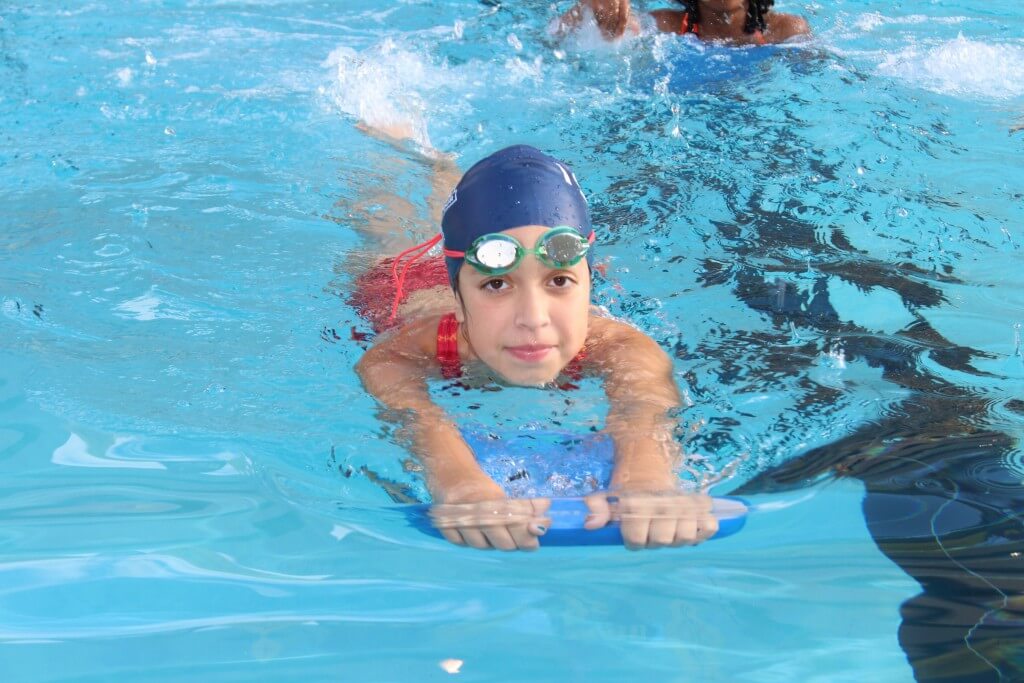
By Wayne Goldsmith
Kicking Practice: It’s Time to Let Go.
Every competitive swimmer, triathlete, Masters swimmer and fitness swimmer does some kind of kick set in their practices.
There’s sprint kick sets, endurance kick sets, kick sets with fins, kick sets without fins, kick sets using some form of additional resistance (e.g. completing kicking practice while wearing gym shoes or towing a resistance device like a sponge), “combination” sets where you swim one lap and kick the next, timed kick sets and kicking races.
And for the most part, kick sets are done while the swimmer is holding on to a kickboard.
Coaches have varying views of how to hold a kickboard during kicking practice, however, the most common ways of holding a kickboard are:
- Holding the kickboard at the end nearest to the swimmer’s head – the “near” edge;
- Holding the kickboard at the end furthest away from the swimmer’s head – the “far” edge;
- Holding the kickboard by placing one hand on either side of the board.
No matter which way you’re holding your kickboard during kicking practice: you’re probably doing it wrong.
It’s time to let go.
Kicking Practice with a Kick Board: A New Direction.
Here’s three important and essential ideas to help you improve your swimming stroke:
- Don’t hold on to your kickboard
- Don’t hold on to your kickboard
- Don’t hold on to your kickboard.
Here’s why.
Soft-Hands.
One of the most important concepts and principles in swimming technique is called “soft-hands”. It’s the technique and feeling of keeping your fingers and hands soft as you enter the water at the commencement of each “catch”.
Inexperienced swimmers will often try to “muscle-the-movement” – i.e. they will “cup” and tense their fingers and hands on entry and this tension significantly effects their capacity to “feel” the water.
In contrast, highly skilled swimmers will keep their fingers and hands soft and loose which allows them to “feel” the water without tension or tightness.
This ability to “feel” the water as soon as possible after hand entry helps to develop an early “catch” and a more effective stroke.
So what’s this got to do with kicking practice and kickboards??
Everything!
Let Go of Your Kickboard.
Let’s take a closer look at the most common ways swimmers hold their kickboards and why these methods may be directly impacting on the swimmer’s stroke mechanics.
Holding the kickboard at the “near” edge, i.e. the edge of the board nearest to the swimmer’s head.
This is a very common method of holding a kickboard yet it is potentially very destructive in the development of the swimmer’s overall stroke technique.
Holding the kick board this way reinforces a “fingers and hands above wrist” position which can result in the swimmer “scooting”, i.e. touching the water wrist first on entry.
Not recommended for young swimmers, beginners or triathletes.
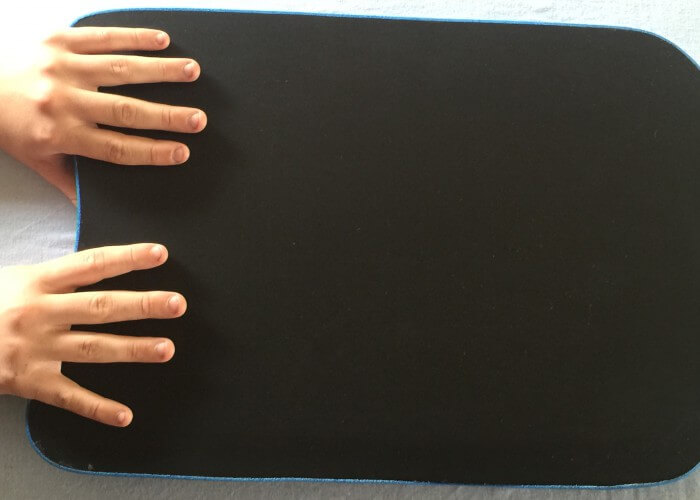
Photo Courtesy: Wayne Goldsmith (2016). Holding a kickboard by the “near” edge.
Holding the kickboard at the “far” edge, i.e. the edge of the board furthest away from the swimmer’s head.
Another very common kickboard holding method yet, it can be just as destructive as the “near” edge technique.
By holding the kickboard on the “far” edge, most swimmers – particularly younger and inexperienced swimmers will adopt a high head / high shoulder body position with the resulting impact being a lower hip position in the water.
As the relationship between the head and the hips is perhaps to most vitally important one in swimming stroke development, this kick board holding technique is another to be avoided.
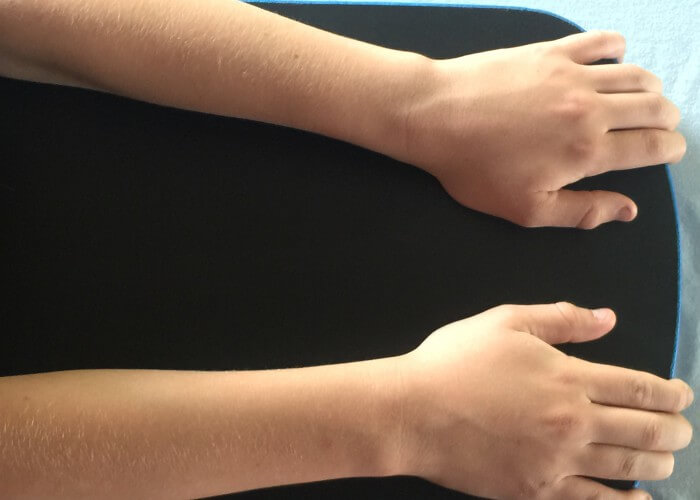
Photo Courtesy: Wayne Goldsmith (2016). Holding a kickboard by the “far” edge.
Holding the kick board by the side.
Although not as common as the “near” and “far” edge kickboard holding techniques, the “side” technique is also not ideal. It teaches swimmers to adopt a thumb above hand position when their arms are extended in front of their shoulders which is in contrast to the optimal hand entry position of soft and loose fingers and hands with the thumb slightly down, i.e. thumb slightly lower than the rest of the hand on entry.
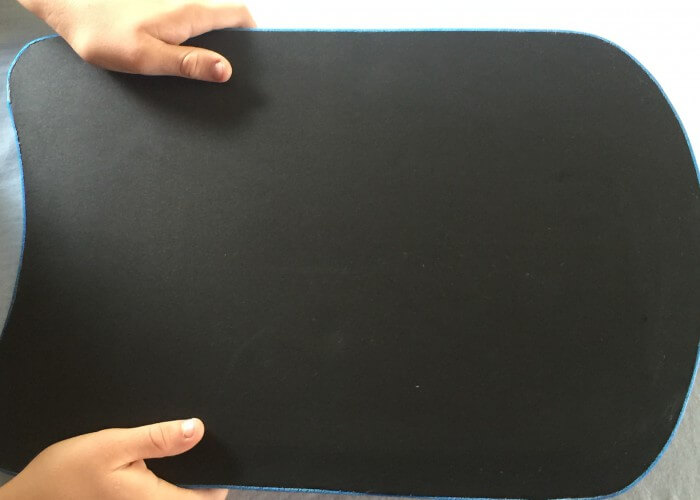
Photo Courtesy: Wayne Goldsmith (2016). Holding a kickboard by the sides.
There is another way….
Whilst many swimmers and coaches prefer kicking practice to be completed without a kickboard, for the majority of young swimmers, inexperienced swimmers and beginner triathletes, kicking without a board is not practical.
Inexperienced swimmers usually find it difficult to maintain a good body position and a strong, even kick without the aid of a kickboard in the early stages of their learning.
And it is important to note that the majority of elite level swimmers and triathletes around the world develop their kick through practice sets which usually involve the use of a kickboard or other floatation device of some kind, e.g. a pullbuoy can be used as a kickboard.
As an alternative to holding on to your kickboard in kick sets in practice, why not try this – letting go of your kickboard all together?
When kicking with a kickboard simply place your hands lightly on the top surface of the board and maintain light pressure – just enough to control the board – with your fingertips.
This simple change in kicking practice technique teaches swimmers to keep their fingers and hands relaxed when their arms are extended and reduces the risk of re-enforcing a tight, tense, “hard” hand entry position.
When combined with a focus on maintaining a rhythmic kicking action, a “long” body shape and a face down – eyes down head position during kicking practice, this kickboard holding technique may help swimmers of all levels of ability improve their hand entry technique and the initiation of an early catch.
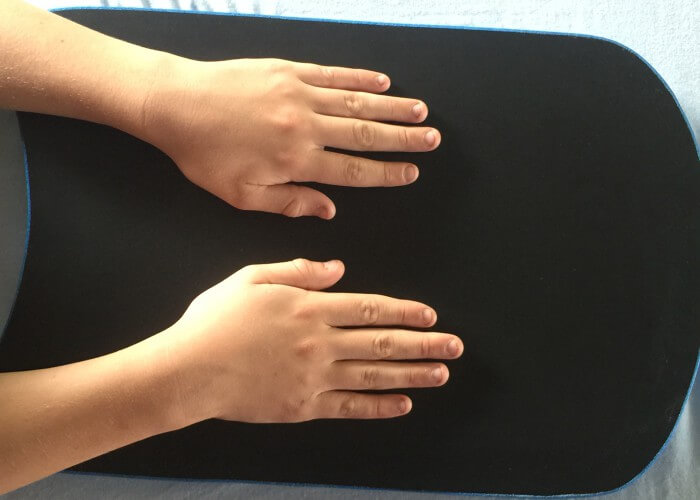
Photo Courtesy: Wayne Goldsmith (2016). Letting go of the kick board – removes the tension and tightness of the other three methods and reinforces the importance of soft, loose, hands and fingers when the arms are extended.
Summary:
- Everyone does kick – that doesn’t make it right. In teaching swimmers to hold their kickboards in the traditional ways, we’ve overlooked one of the most important aspects of technique development: soft hands on entry.
- Let go of your kick board! Stop holding on to the near edge, far edge and the sides of the kickboard and focus instead on keeping your fingers and hands loose and soft.
- Unlearn what you have learned! With a little practice, you can learn to keep control of your kickboard while developing the ability to keep your fingers and hands soft while extended in front of you.
Thank you to my son Alex for his helpful “hands” in pulling together this post. Thanks mate!





I’ve seen Phelps, Lochte, and quite a few others using kickboards.
I’ve seen Phelps, Lochte, and quite a few others using kickboards.
Mmm will try this out .
Adding two more cents worth:
a) When I just kick, which is rare, I hold onto the top of the board because it provides some stretch through through my armpit muscles. And, most of my kicking is dolphin to work on the core muscles f the lower back.
b) Generally, I do not believe kicking has a big place in practices for this reason. Many swimmers kick very well, but don’t kick much when they swim. So, it does not matter how fast you kick if you don’t kick when you swim.
So, the next time you swim free, back, or fly, kick on purpose. AND, not with fins either. Not only will your repeat times get faster, your fitness will get better. Yes, you might need to take a little more rest between repeats to compensate – which is not a bad thing.
Interesting
Olga Farole
Why use a kick board at all? Do the kicking on side, on the back, or on the front, emulating the various swimming positions to enhance performance and efficiency, at the same time getting some great stretch and flexibility work. I don’t think anyone denies the benefits of doing kick work but like everything we do shouldn’t it try and replicate what we want to see when we swim?
Syairazi Kamarudin
great tips and observations!
Ákos Gerencsér
Please unless under age of 10 do not use a kick board on your front unless you want to develop neck issues later in life.all kicking should be done on your back preferably not breaking surface of water with feet.